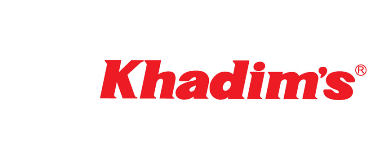Khadim India Ltd - IPO Note

Last Updated: 9th September 2021 - 01:57 pm
Issue Opens- November 2, 2017
Issue Closes- November 6, 2017
Face Value- Rs 10
Price Band- Rs 745- 750
Issue Size – ~Rs 543 cr
Public Issue: ~0.72 cr shares (at upper price band)
Bid Lot- 20 Equity shares
Issue Type- 100% Book Building
| % shareholding | Pre IPO | Post IPO |
|---|---|---|
| Promoter | 66.0 | 60.0 |
| Public | 34.0 | 40.0 |
Source: RHP
Company Background
Khadim India Limited (Khadim) is one of the leading footwear brands in India with over 853 retail outlets and 377 distributors across the country (as on June 30, 2017). The company operates under two distinct business models – retailing and distribution, which account for 73% and 22% of the company’s revenues respectively. The company sells products under the Khadim flagship brand as well as 9 sub-brands via the retail segment. The company’s retail business is structured in a hub and spoke model with Company Owned & Operated (COO) stores forming ~20% of its retail presence with the balance being franchisee owned stores.
Offer Details
The offer consists of Fresh Issue of Rs 50 Cr and an Offer for Sale (OFS) of up to 0.66 crore shares. The net proceeds from the Fresh Issue will be utilized for ~ Rs 40 Cr for prepayment or scheduled repayment of term loans, and balance will be utilized for general corporate purposes.
Key Points
-
Khadim has a large retail presence in the country with 853 stores. Of these stores, 162 are Company Owned and Operated (COO) and 667 are franchisee owned and operated. The large number of franchisee stores indicates the company’s track record of growing through the franchisee model which allows it to grow faster than through direct ownership.
-
Urbanization driven by economic growth and government infrastructure plans has led to rising incomes in smaller cities across India. This rise in income is likely to benefit retailers of consumer goods such as footwear. Khadim seems well placed to take advantage of this rise in income as 69% of the company’s retail outlets are in Tier II and Tier III cities (15% and 54% respectively).
Key Risk
The company procures its raw materials from the spot market and does not have any fixed price long term contracts to procure raw materials. Due to this the company is exposed to any increase in raw material prices. As raw material prices determine more than ~60% of operating expenses, the company’s operating margin would be sensitive to any increase in costs.
Research Disclaimer
- Flat ₹20 Brokerage
- Next-gen Trading
- Advance Charting
- Actionable Ideas
Trending on 5paisa
Disclaimer: Investment in securities market are subject to market risks, read all the related documents carefully before investing. For detailed disclaimer please Click here.
 5paisa Research Team
5paisa Research Team
 Sachin Gupta
Sachin Gupta